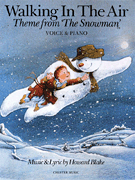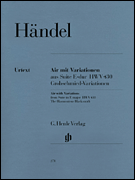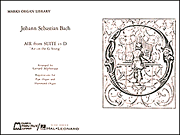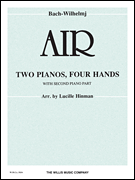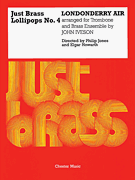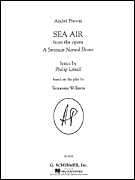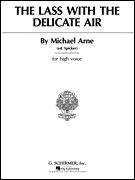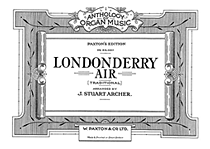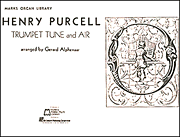Search Results for: “Air”
Loading...
Auld Lang Syne View 273 Products
Danny Boy View 166 Products
Somebody To Love View 150 Products
Without You View 119 Products
Air On The G String View 117 Products
Air View 106 Products
The Ash Grove View 76 Products
The Power Of Love View 75 Products
Walking In The Air View 71 Products
In The Air Tonight View 71 Products
Just As I Am View 63 Products
Airegin View 61 Products
Londonderry Air View 54 Products
Sweet Dreams View 44 Products
The Air That I Breathe View 42 Products
White Rabbit View 33 Products
Air Mail Special View 32 Products
There's A Song In The Air View 27 Products
Jet Airliner View 23 Products
Buenos Aires View 23 Products
No Air View 23 Products
All Out Of Love View 22 Products
Young Love View 22 Products
Desert Air View 16 Products

